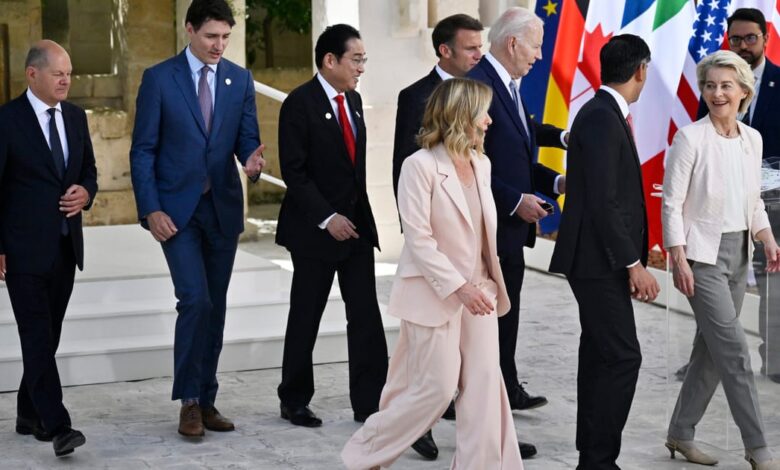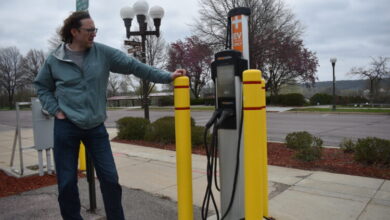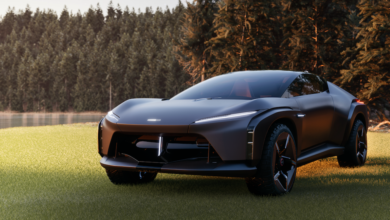EU presents China with clear way to avert EV duties — good luck with that – POLITICO

Cosmetic changes
“The key question … is not only if China is serious about addressing the EU’s concern. It is also: How can China address them?” said Francesca Ghiretti, a senior geoeconomics analyst at the Adarga Research Institute.
The tentacles of subsidies are stuck all over Chinese industry. They roam the seas, too: BYD, the Chinese manufacturer facing a 17.4 percent duty, plans to launch a total of eight car carrier ships in the next two years. Shanghai-based SAIC Motor will even send out a dozen, each of which can carry 7,600 vehicles.
That’s just one indication of China’s resolve to continue to ramp up EV exports, which jumped a quarter in the first four months of this year to nearly 120,000 vehicles. Chinese models account for nearly one in five electric vehicles imported into the EU, according to Schmidt Automotive Research.
Subsidies are also doled out at the municipal or provincial level, for instance in the form of green bonds or free land-use rights. Because of how widespread subsidies in China are, removing them is “unrealistic,” said Mikko Huotari, executive director of Berlin-based think tank Merics. “Beyond cosmetic changes, I don’t expect any major changes on the Chinese side now.”
“I don’t think [withdrawing subsidies] would work well with the Chinese side,” said a person from the Chinese business sector, who was granted anonymity because they are not authorized to speak publicly. They pointed out that China considers many subsidies found by the EU in its probe “fake or untrue.”
Lawyers for the EV-makers will probably push back against the EU’s methodology, considering that the Commission asked them to submit information on subsidies to their suppliers, as well as on their proprietary technology. It’s a pivotal point, because Brussels argues it had no choice but to find the “best available facts” since, in its view, the three top exporters didn’t cooperate sufficiently with their inquiries.


